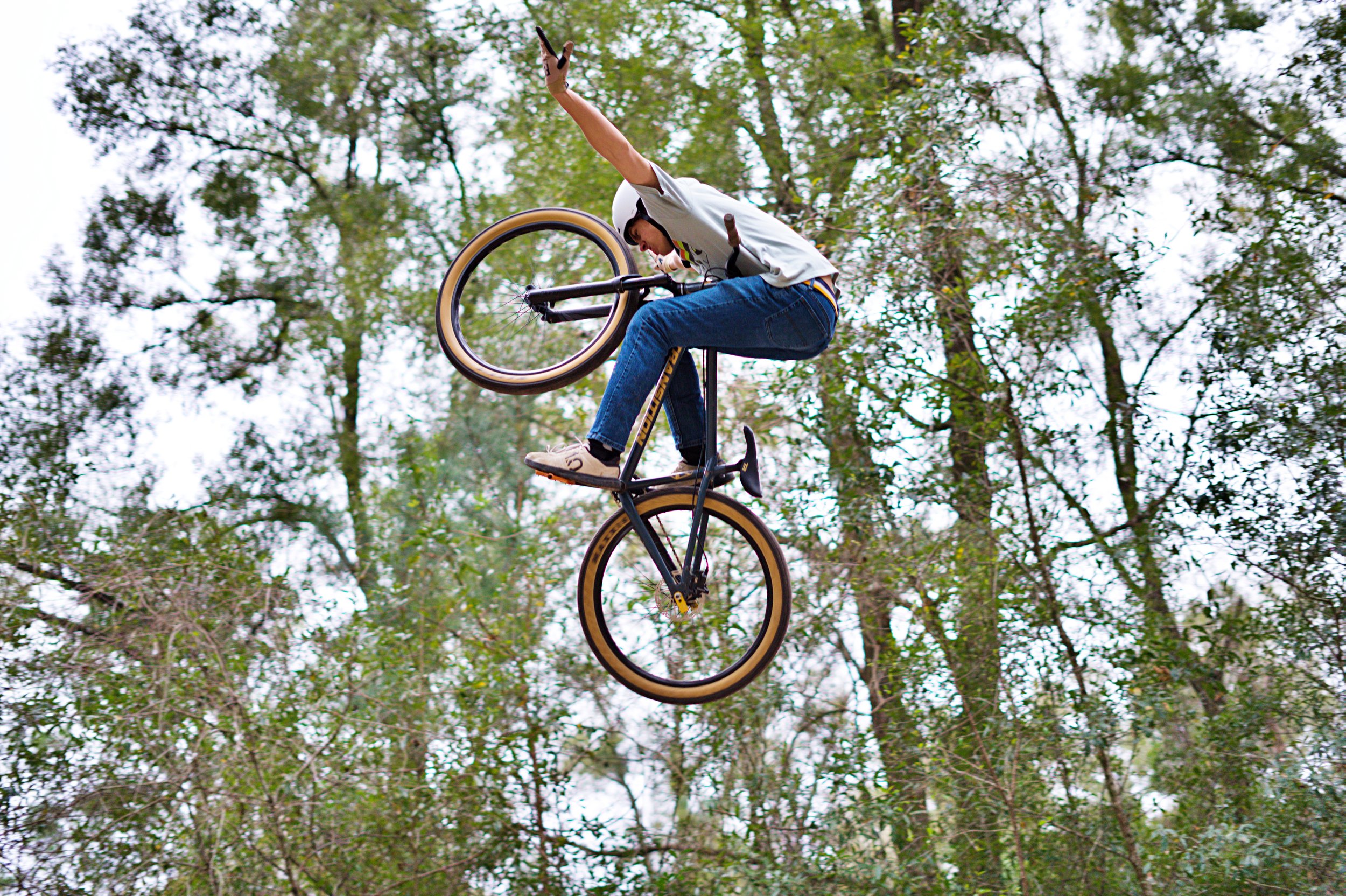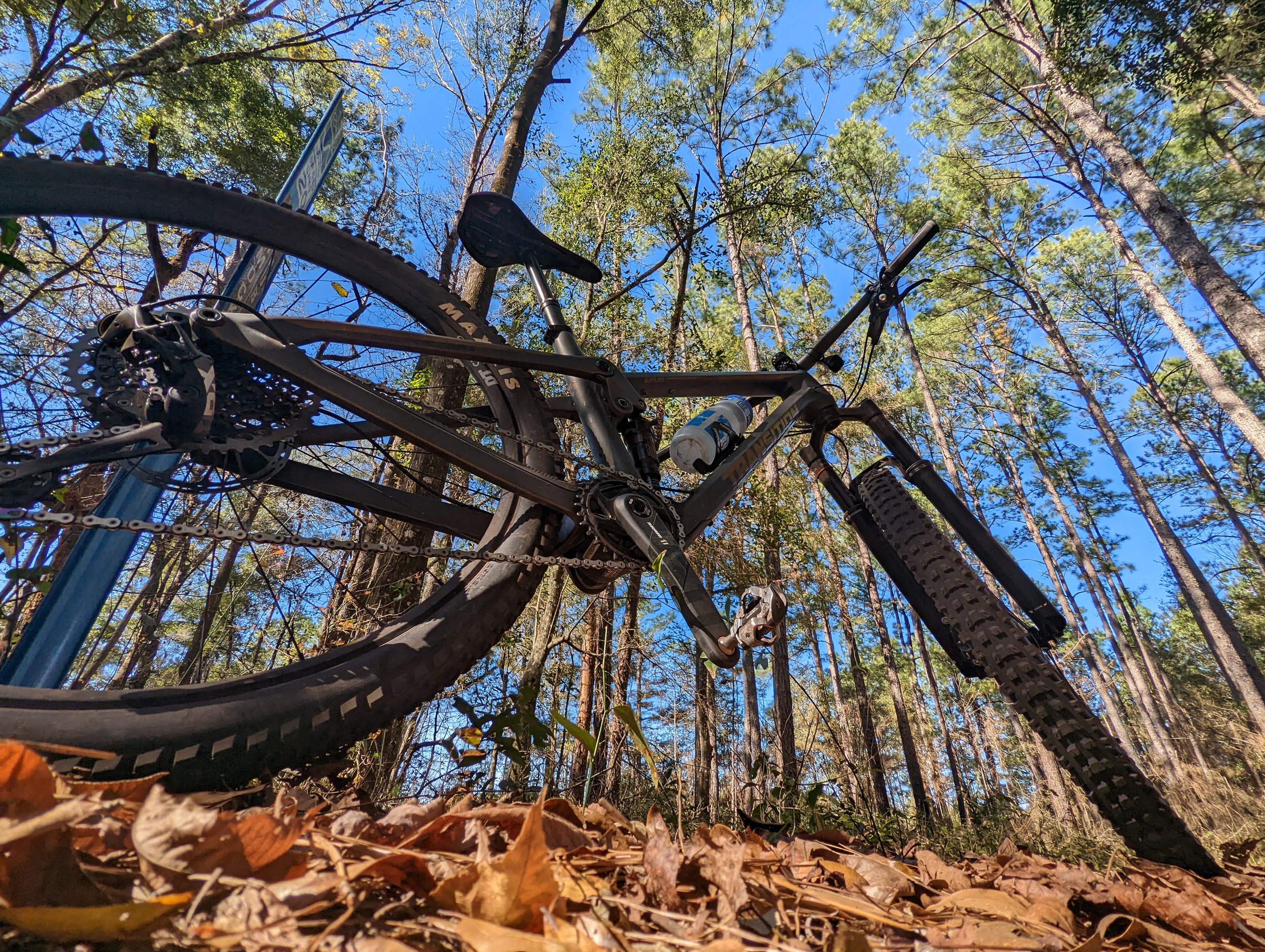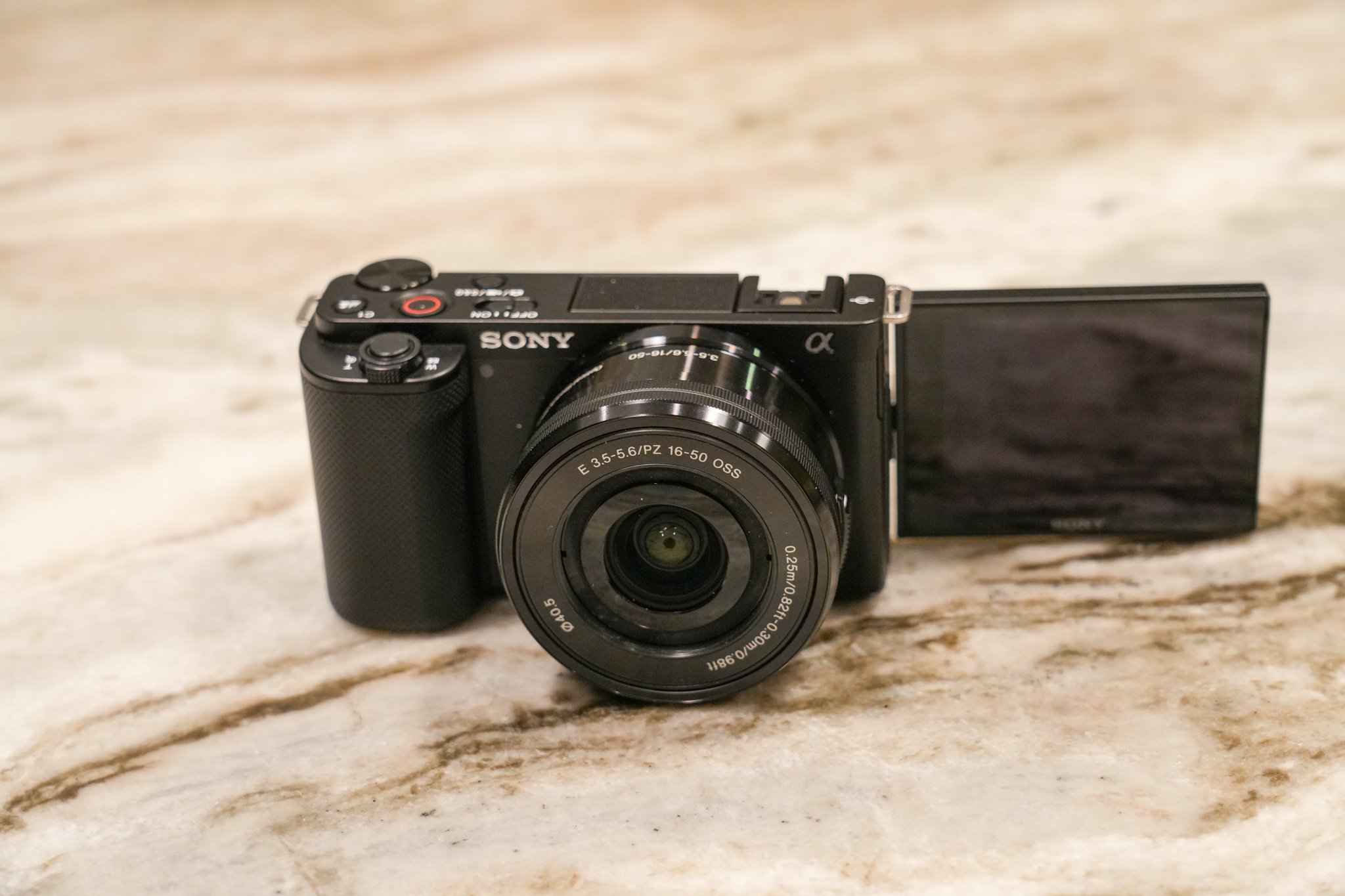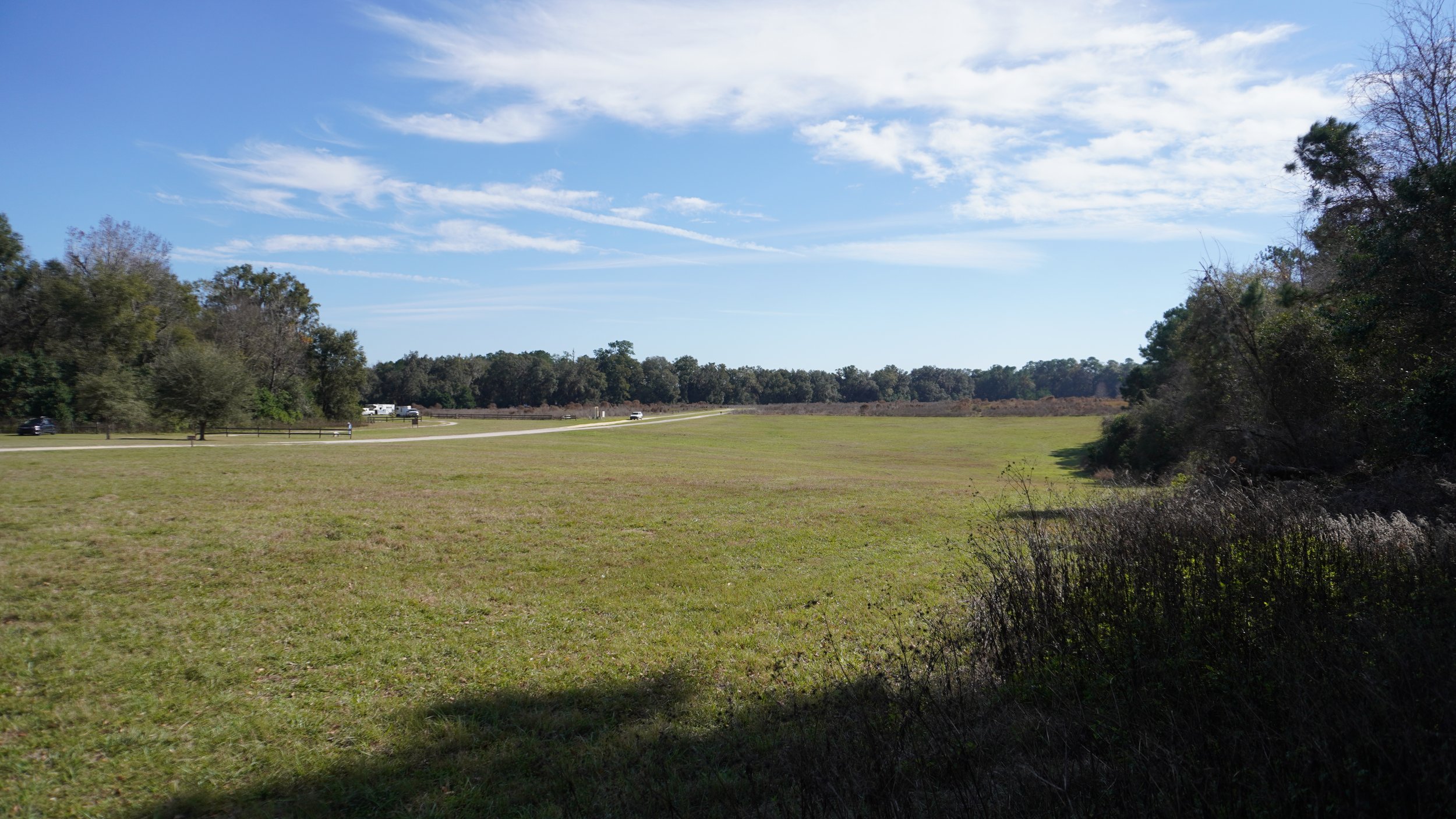Phone vs GoPro vs Camera: Choosing the best option for travel and adventure
This Everyday Explorer blog is focused on enjoying the outdoors, as I share my adventures to hopefully inspire outdoor exploration. Whether it’s a local ride or a trip to the other side of the globe, a part of outdoor exploration for many of us involves capturing photos and videos of our adventures. Nothing can replace the actual experience of a hike, run, kayak or bike ride, but reliving it...the next day, the next week, 10 years later...through photos and videos can be the next best thing.
In this blog I want to share some of the cameras I use and can recommend for capturing the memories of those valuable times of travel and adventure. After many years of recording videos for YouTube and family travel, I will discuss these options and where they shine: a phone, a GoPro and two small, portable cameras.
The main considerations for choosing the best camera for your needs will be a choice, and often a trade-off, between these:
Portability
Image quality
Features
Intended use
Price
Let’s talk briefly about the obvious and easiest choice for capturing on-the-go photos and videos—and that is, of course, a phone. A modern mobile phone can be the perfect tool for the job if portability is a priority, since most of us have one with us anyway. Having one less piece of gear just makes things easier. Cloud backup and the ability to quickly share images on social media only add the benefits of using the device already in your pocket.
However, there are a few reasons why you may want to consider a dedicated camera over a phone. Number one is image quality. While the newer iPhones and Android phones can take amazing images, they still can’t match what you can capture on a decent dedicated camera. Phones use computational photography to piece together a very nice-looking image. Some even have features like artificial background blur. But at times this can make photos appear digital and over-processed. Phones aren’t as good in low light. They also lack image control such as aperture, shutter speed and ISO, which give you more control over how your image looks. Although there are some apps that provide these, dedicated cameras do it better and are easier to adjust these setting
Sometimes a dedicated camera, used for this shot, is the best tool for the job
Unlike a phone, using a dedicated camera means you can swap out batteries as needed
Another reason you may want to leave your phone in your pocket and grab a camera is to preserve storage and battery life. If your adventure calls for a fair amount of videos and/or photos, you can use up your phone’s battery in short order. When the battery of a dedicated camera runs out, you can simply pop in another one. The same is true with storage. Fast SD cards are relatively cheap today, and bringing an extra one or two adds little to your travel weight.
Don't get me wrong, there are times when all I have is my phone, and I can still capture good looking photos and videos. And when using a phone, a little photography knowledge can go a long way; such as how to properly frame your subject and how to capture good lighting.
Grabbing your phone out of you pocket may be your only option at times, but with today’s modern phones, you can capture some great images. For this shot I grabbed my phone out of my jersey pocket and snapped the photo.
Shot on my phone (Pixel 6 Pro). As they say, the best camera is the one you have with you.
Let’s move on to what has become an icon in action sports: the GoPro. Yes, there are other action cameras out there, but GoPros are at the top of the food chain, in my opinion, when it comes to excellent video quality for action sports. The ecosystem of accessories sets them apart as well. GoPros excel in these four areas: durability, mounting options, incredible image stabilization and ease of use. Although GoPros were originally introduced as mountable action cameras, their size and video quality make them good travel cameras as well. In terms of durability, they are waterproof (as in you can record under water at shallow depths) and much tougher than a phone or camera. I’ve literally had one fall off the back of my car at 40 mph (a suction cup failure). The camera tumbled down the road and survived with just a few scuffs.
GoPro vs a phone (Pixel 6 Pro)
GoPros are most famous for the almost endless possibilities for mounting the camera: helmets, surf boards, car windows, dog harness, chest harness… Nothing beats a GoPro for POV (point of view) video. These creative mounting options are only enhanced by the image stabilization offered by the little camera. The newer GoPros have mind-blowing video stabilization that used to only be possible with a gimbal. And although they lack the depth of field (in-focus subject and blurry background) that you can get with some compact cameras listed below, the 5k video (Hero 10) is sharp and clear. Just keep in mind GoPros are mainly designed to be used outdoors with daylight. When the sun goes down or you take the camera indoors, the image quality degrades noticeably.
Finally, there is the ease of use of a GoPro. You can set it up with one-touch recording: hit the record button and the camera comes on and starts recording...hit the button again and the camera stops recording and turns off. If you aspire to gain more control over your image, such as exposure, white balance and a flat picture profile (for editing later on a computer), GoPros offer what they call Pro Tune. In terms of photos, you can rely on a GoPro to take decent images, especially when using HDR modes. However, truth be told, even if I have my GoPro with me, I'll typically pull out my phone to grab a photo, as the image is as good or better on the phone (currently a Pixel 6 Pro).
Shot on my GoPro Hero 10. With HDR mode you can capture some good images with a GoPro.
At of the time of writing this blog my current GoPro is the Hero 10 Black. The current model is the best I’ve used. If you can fit it in your budget, it’s the one I would recommend because it’s the first edition where GoPro manufactured its own chip. In my experience, it results in a camera that is far more stable. My previous GoPros would freeze at least once during a video session, requiring me to remove the battery to reset the camera. I think the Hero 10 has frozen two or three times in the past five months.
GoPro vs ZV-1
Bottom line: if video is your priority and you want a small, easy to use and durable camera in brighter lighting situations, a GoPro may be your best option.
Now on to traditional cameras. There are two I will recommend, as they have excellent image and video quality, especially for their size: the Sony ZV-1 and the Sony ZV-E10. Up until a few years ago I’ve primarily been a Cannon shooter. However, as mirrorless cameras have begun dominating the scene, Sony has been at the forefront of the technology. For traditional cameras these two Sony recommendations are very lightweight and portable compared to full frame mirrorless cameras and DSLRs. For this blog, I am focusing on lightweight and portable options for travel and adventure!
The Sony ZV-1 is an all-in-one package, meaning it has a fixed lens that retracts into the camera when the power is turned off. This makes it one of the most packable, portable cameras on the market. It has a one-inch sensor (which is larger than phones and GoPros) capable of capturing great images and video quality. When used in good lighting, the quality is not far off what you can get from cameras with larger sensors (i.e. APS-C and full frame cameras). It shoots 20MP photos and 4k video up to 30 fps (frames per second). This camera has the adjustments you’d expect from a dedicated camera such as shutter speed, aperture, white balance, focus point adjustments and manual focus. It even has a built-in ND filter which helps you select an appropriate shutter speed for video (if this doesn't make sense, don't worry, it will as you develop your video shooting knowledge).
The lens zooms from a decently-wide 24mm focal length to a 70mm, so it’s good for landscape photography and good for zooming closer to your subject. And if you like taking close-up nature photos, you can get remarkably close to your subject, as in an inch or so away. Unlike a phone or GoPro, the screen flips out and is fully articulating. This means you can rotate it for almost any viewing angle, especially useful for selfie photos and VLOG videos. The microphone is remarkably good and I find it better than a phone or GoPro. It also comes with a mic cover (aka "dead cat") that slides into the hot shoe which keeps the microphone clear in windy conditions. You can easily plug an external mic into the side of the camera. On the GoPro you would need to purchase their Media Mod to do this.
The Sony ZV-1 has a fully articulating flip-out screen and a mic cover (aka a dead cat) that sits over the top mic.
Where the Sony ZV-1 will beat a phone or GoPro is giving you a very clear image with a natural shallow depth of field. You have the ability to select different picture profiles. But I will say that the Sony picture profile straight out of the camera will be good enough for most people, especially if you don't want to do any post-processing. Sony's color science is very good. It also has Sony’s incredible autofocus in both photo and video that can track a subject as it moves across the frame. One slight downside is that the battery life isn’t too great, especially when shooting 4k video. But since the batteries are small, it’s easy to pack a few extra for your outing. For a camera that combines portability and image quality, you’ll be hard-pressed to find a better option out there.
Sony ZV-1 vs phone (Pixel 6 Pro)
The Sony ZV-E10 is also compact, especially with the 16-50mm kit lens, and has a flip out screen.
Finally, there’s the ZV-E10, which is basically a ZV-1 but with the ability to change lenses and a larger, APS-C size sensor. The ZV-E10 can shoot 24mp. It also has the very useful, fully articulating screen like the ZV-1. For outdoor adventures and travel, the ZV-E10 is still very portable. Although it’s not exactly pocketable, you can fit it in a large jacket pocket with the kit lens. And speaking of the kit lens, it zooms from 16mm to 50mm, making it quite versatile. However it’s not that sharp compared to other after-market lenses you can buy from the likes of Sigma and Sony. In fact, I found that photos and video on the Sony ZV-1 are just as good as those shot on the ZV-E10 with the kit lens. But when using higher quality, after market lenses, the ZV-E10 has the advantage, allowing you to take images that can rival a full frame camera.
For the outdoor adventurer wanting to capture photos and video, there’s often a decision that has to be made between quality and portability. This is true in deciding between an all-in one camera like the ZV-1 and an interchangeable lens camera like the ZV-E10 (or a full frame camera for that matter). And if going with the ZV-E10, you'll have to decide how many lenses to bring. A lens like the Sigma 35mm 1.4 will give you amazing versatility and image quality. But it makes for a camera package that’s bigger, and bulkier than any other option listed in this blog. And these lenses also add to the cost. Although the ZV-1 and ZV-E10 with the kit lens are fairly similar in price (around $800), adding lenses to your collection will dramatically increase the price of your camera arsenal. However, bringing high quality, permanent memories of your adventures can be well worth the added bulk and expenses of multiple lenses.
The ZV-E10 has an APS-C size sensor and uses Sony’s E-Mount lens system
I'll throw in one more advantage of the ZV-E10, and that is the fact that it uses Sony e-mount lenses. This means it's the same lens mount that you can use on Sony's other APS-C cameras and even their full frame cameras (keep in mind, if you use an APS-C lens on a full frame camera, the image will crop in and you'll lose megapixels). This is beneficial in case you move to Sony's full frame cameras, or if you own other Sony interchangeable lens cameras. An honorable mention, by the way, is the Canon M50. This is similar to the ZV-E10. It is also a very compact camera for travel. However, it uses Canon's M Mount lens system which does not work on their other APS-C cameras or their full frame cameras.
Below are a few photo comparisons of the Sony ZV-1 and ZV-E10 with the kit lens. It’s hard to notice a difference. Using higher quality lenses with the ZV-E10 is where the image quality will improve. But as mentioned earlier, that reduces the compactness of the camera.
ZV-1
ZV-E10
ZV-1
ZV-E10
ZV-1
ZV-E10
To go into all of the features of the cameras listed here would be too much for one blog post. However, hopefully some of the pros and cons of options I've discussed here - a phone, GoPro or the compact Sony cameras - will help you decide the best tool for the job to help you relive your exploration journey for years to come. As always remember to not just live, but explore (and bring back some great photos and videos!).

















